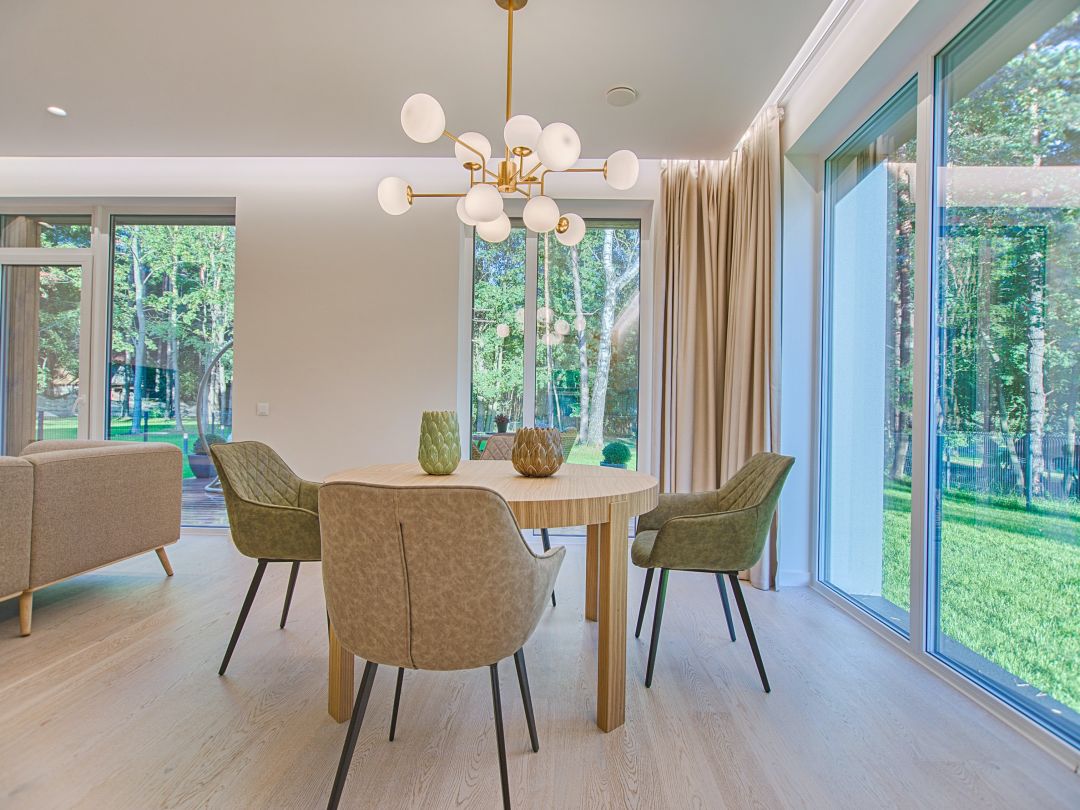By using our site, you agree to our cookie policy.
How do I sell a shared ownership property?
What happens when you sell a shared ownership property in the UK? It's really common — and we'll talk you through it.

A lot of people use shared ownership as a way to get on the housing ladder. You buy a portion of a property and pay rent on the rest, which lets you start building equity. You can even “staircase”, which is just a fancy way of saying you buy bigger shares in your property as time goes on. But what if you want to sell a shared ownership property? Don’t worry, it happens all the time — but there are some things you’ll have to keep in mind.
First things first: check your lease. There are some general rules for selling a shared ownership property, which we’ll look at below, but any quirks unique to your property (and lots of handy information) will be in your lease. So that should be your first port of call.
Now, you might see a lot of jargon in there — but we’re here to talk you through it.
What is the right of first refusal?
One thing that is really common when selling shared ownership properties is to find that there’s a “right of first refusal” somewhere in your lease. This may sound scary, but it basically means that the housing provider or association will have the right to find a buyer themselves, before you market it to anyone else. So you should always look out for that — because even if you eventually bought 100% of the property, you might still need to give them first refusal.

Often, they will have a huge pool of buyers waiting, so there’s a good chance they’ll find one themselves. If they don’t — or if they don't do it within a certain period — you’re free to go ahead and put the property on the market.
Look out for buyer criteria
If you do market the property yourself, you’ll have to make sure that buyers meet the shared ownership criteria necessary to buy your property. Normally, that means that their household earns £80,000 a year or less (£90,000 a year or less in London) and meets the government criteria — like being a first-time buyer or a current shared ownership owner. There are a lot of people out there who fit the bill, but they’ll likely need to find a mortgage lender who is happy with a shared ownership scheme, so it’s good to keep it in mind.
What about devaluation?
Another issue that can come up with shared ownership homes is devaluation — especially if you bought your home when it was brand new. Devaluation simply means the property has gone down in price, so your home — and your share — isn’t worth as much as when you bought it. Don’t panic: if the market is doing well, then you probably won’t run into devaluation. But if you think you could end up in negative equity (owing more in a mortgage than the home is worth), you might want to make sure it’s really the right time to sell.

So selling a shared ownership property has some quirks you’ll have to look out for — mostly that the housing association has a right to find a buyer first and, if you do look for a buyer yourself, they’ll have to meet certain criteria. But you don’t need to feel overwhelmed, just remember that people sell shared ownership properties all the time. It’s a great way to get on the housing ladder, so don’t be afraid to take the next step.
Want to learn more about the quirks of new properties? Check out our guide to buying a new build for more.
Selling a shared ownership property FAQs
What happens when you sell a shared ownership property?
Usually, the housing association will have the right of first refusal — so they’ll try to find a buyer for you. If they don’t, then you can market the property yourself or through an agent.
Do shared ownership properties increase in value?
What are the disadvantages of shared ownership?
Strike feel free
Copyright © Strike Limited 2024

